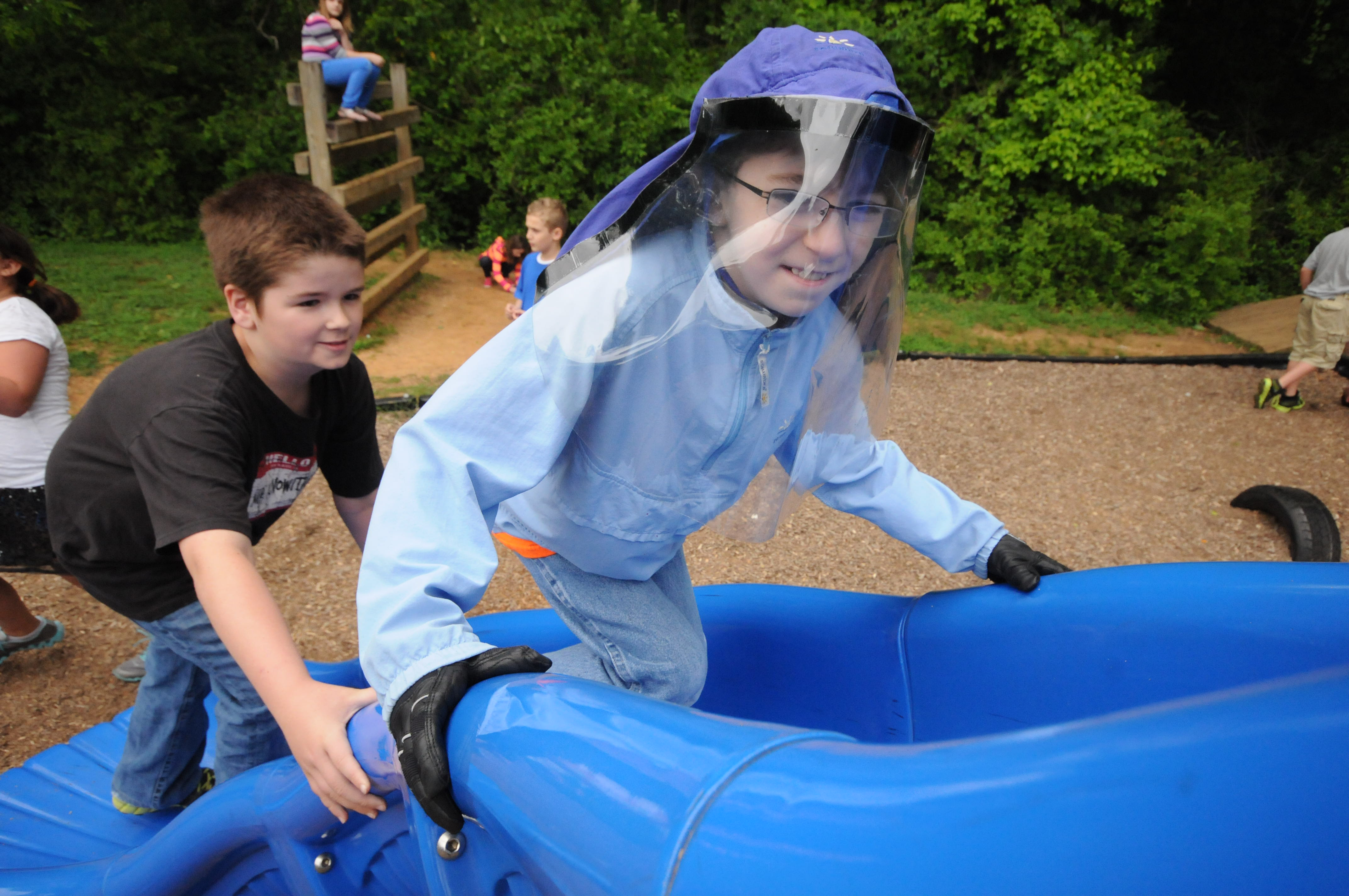JACK'S WISHThe Make-A-Wish Foundation of East Tennessee is raising money for Jack Zinkann to do something he and his family have dreamed of for years: swim with dolphins.Several years ago the Zinkann family went to Sea World and he was able to feed a dolphin and loved it.The Zinkanns need $7,000 to purchase special swim gear for Jack to protect him from ultraviolet light, and they also need money for the family to travel to the location. All the money donated is tax deductible and will remain local. Amounts raised over $7,000 will be given to another local family in need, the family said.For more information, email Abby Martin at martin_abby@hcde.org.
LEARN MORE ABOUT XPXeroderma pigmentosum affects 1 in 1 million people, experts say. Tammy Zinkann said she knows of only two children with XP in Tennessee. There are estimated to be 200 people nationwide, according to the National Institutes of Health.Symptoms• Blistering or freckling after minimal sun or ultraviolet exposure• Dry, prematurely aged appearance to the skin and lips• Photosensitivity of the eyes (become red and sore when exposed to light)• Early onset of skin cancer in any skin, including the tip of the tongueNeurological complications• Developmental disabilities• High-frequency hearing loss, progressing to deafness• Loss of previously attained abilities such as walking and talkingSource: Xeroderma pigmentosum Family Support Group in California
The halls are quiet at Big Ridge Elementary.
Still, Jack Zinkann studies the stretch he must travel before darting to class to dissect a mouse skeleton.
He stands up to a window covered with special film, and looks onto the parking lot. No one is coming. No one will open the door. It's safe to pass. So he walks on.
Jack, 11, is careful about details. An open door in the hallway. A piece of his wrist uncovered. These mean danger to Jack. Because he is one of 200 people in the United States with a genetic disorder called xeroderma pigmentosum, his body can't repair damage caused by ultraviolet light from the sun.
His skin doesn't tan. It blisters and weeps and turns cancerous. Even the smallest exposure can result in severe burns that won't heal. When he was 6 weeks old, his parents took him outside for 30 minutes, and Tammy Zinkann said she saw her baby's skin look like the outside of a football.
"It took him four weeks to heal," she said. "We are lucky he didn't get cancer. We know kids his age [with XP] who have had 20 spots of skin cancer removed."
The genetic disorder also means that his life will likely be cut short. Zinkann cries when she says that Jack isn't expected to live long past 20. Fewer than 40 percent of those with XP survive past that age, research shows.
She worked at a hospice for a while to get used to the idea.
"He doesn't know," she said.
For him to survive, his clothes must be washed in sunscreen. He wears headgear that makes him look like a beekeeper. All windows he encounters must be covered with filters. He keeps a backpack with him at all times with gloves and masks and a UV meter to measure light.
Jack has another challenge, too. While the students in his class are growing up, he's becoming more childlike. His form of XP is neurologically degenerative. This makes his case that much rarer.
Almost every other year he and his parents travel to Washington, D.C., to be studied by the National Institutes of Health's National Cancer Institute. XP typically shows up more in island nations where more people have similar genetic makeup. So scientists study Jack and his parents' genetics to determine what went wrong.
Jack's IQ has fallen by half since kindergarten. He's quiet and speaks in simple sentences.
Lisa Watson, his special education teacher, began documenting the regression this year.
"It was as hard for me as it was the parents," said Watson, who has worked with Jack for five years. "I feel like we are losing him, his personality, his joy, his love for life. To see him become aware that he is regressing and not understanding things anymore, it really affects me. It really affects him."
As a full-time nurse at Big Ridge, Zinkann watches out for him every day. She wrote a book and made a movie when he was younger called "My Friend Jack" in which she explained that while Jack was different and that his clothes were different, he still wanted to be friends.
She was terrified of the potential for the other children to be cruel to her son, but, for the most part, students seem to understand.
"The other day a big kid asked me if Jack was going to Hixson Middle and he said, 'You know I am a pretty big kid, and if anyone bothers him, I can take them out,'" she said.
"Jack is a rock star around here," Zinkann said.
Several young girls offer to let him sit beside them while they pick apart the mouse skeleton at their desk. One girl, Molly, pulls apart the jaw. She and Jack lean in to look at it, enthralled.
"Do you think this is cool?" Molly asked him.
"Yeah," he said, all smiles.
"To me it's disgusting," she said.
"Yep," he answered.
Later, when the bell rings for recess, he'll make sure everything is in place to venture outside. He'll cover every piece of skin and put on the special hat that shields his face with plastic.
From a distance, no one would be able to tell he is so unlike the other children outside.
He disappears in a flurry of little bodies, into the sunlight, out to play.
